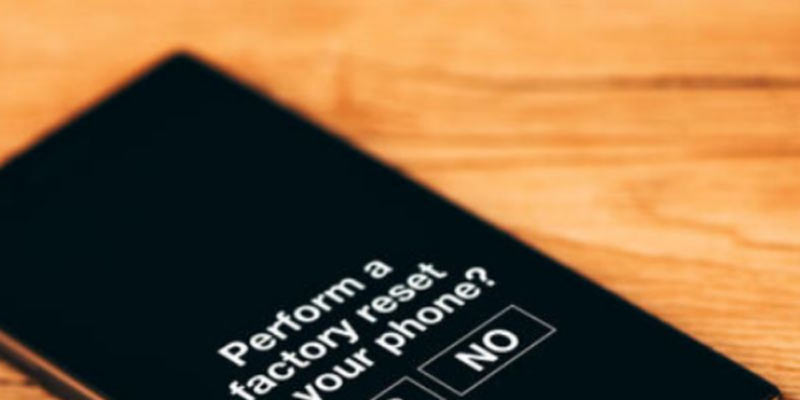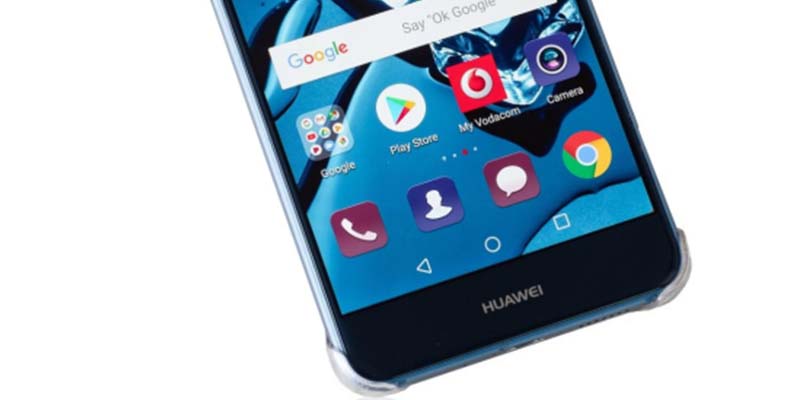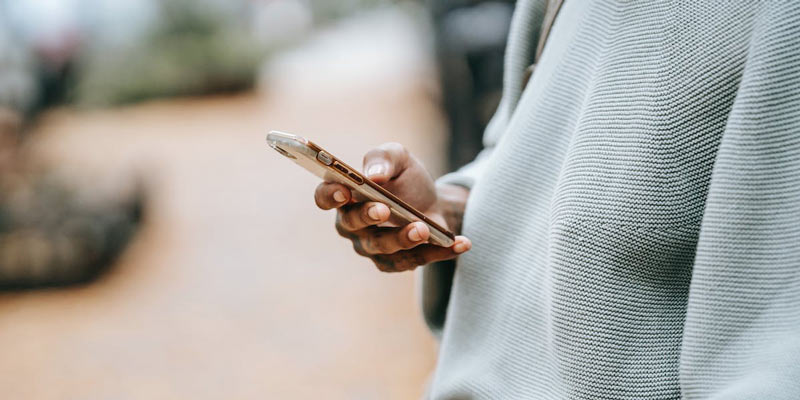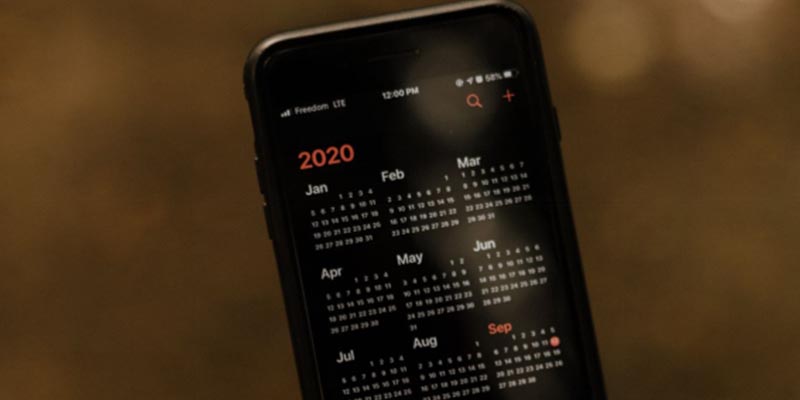As much as we don’t want to admit it, iPhone factory resets are essential to owning an iPhone. While they are an integral part of our lives, they do act up sometimes. Thus, learning how to do an effective factory reset without losing all your valuable data is essential.
In this easy-to-follow guide, we will delve into the intricacies of what a factory reset entails, exploring the circumstances under which it becomes a crucial step for an iPhone 14 user. We will also address common concerns, such as whether a factory reset can damage the phone, how to perform the reset, and what to do before taking the plunge.
What is a Factory Reset?
An iPhone factory reset (otherwise known as a hard reset) is a process that reverts a device, such as an iPhone 14, to its original factory settings. When you reset the device, all user data, apps, settings, and configurations are erased, restoring the device to its original factory state. This means that all personal data, including photos, videos, contacts, and apps, will be erased from the device. A factory reset can be a useful troubleshooting step or a necessary measure under certain circumstances. It is also necessary if you wish to give away or trade your iPhone safely.
Under what circumstances does an iPhone 14 need to be restored to factory settings?
An iPhone factory reset is a very serious maintenance procedure as it effectively removes all your data from your device. So, under what circumstances is it necessary to pot your iPhone 14 through such a drastic change? Here are some of the most common ones.
Device Performance Issues
Performance problems can make it frustrating to use. If you notice that your iPhone 14 is running slower than usual, apps are crashing frequently, or it seems to freeze up a lot, it might be due to issues with the software inside. These issues can pile up over time, causing your iPhone to act sluggish. In such cases, an iPhone factory reset acts like a magic wand. It wipes away all the software glitches, conflicts, and clutter that might be causing these problems, giving your iPhone a fresh start.
Preparing for Sale or Trade-In
When it’s time to say goodbye to your trusty iPhone 14, either because you’re upgrading or passing it on to someone else, you want to ensure your data stays personal. Your iPhone stores a treasure trove of information about you—photos, messages, passwords, and more. An iPhone factory reset erases all your personal data and returns the phone to its original, out-of-the-box state. This is crucial to protect your privacy, ensuring that the next person who uses the phone won’t see your private information.
Software Bugs or Corruptions
iPhones can encounter software bugs or corruptions that mess things up. These bugs might cause your apps to crash, your settings to go haywire, or even make your iPhone behave strangely. In such cases, an iPhone factory reset will erase all the problematic software and give you a new, clean slate to work with, hopefully fixing those issues.
Forgotten Passcode
It happens to the best of us—we forget our iPhone’s passcode. Unfortunately, when you enter the wrong passcode too often, your iPhone locks you out for security reasons. In this situation, a factory reset is like a last-resort option. It erases everything on your iPhone, including the forgotten passcode, so that you can regain access. However, it’s important to remember that this step is drastic because it wipes away all your data, in addition to your passcodes.
Security Concerns
Sometimes, your iPhone’s security can be compromised due to malware or unauthorized access. In such cases, a factory reset acts like a reset button for security. It wipes out malicious software or unauthorized access points and securely restores your iPhone.
In all these situations, an iPhone factory reset is like a reset button for your device, offering a fresh start, improved performance, and enhanced security. However, it’s important to use this option cautiously, especially when you’re erasing all your data, as there’s no way to get it back without a backup.

Will Factory Reset Cause Damage to the Phone?
No, a factory reset will not cause physical damage to your iPhone 14. It’s a standard procedure designed by Apple to help users troubleshoot and maintain their devices. However, it is important to understand that performing an iPhone factory reset will permanently remove all personal data from the device, so it should be used cautiously. Before performing a factory reset, it’s recommended to back up your data to iCloud or a computer to ensure you can recover important information afterward.
How To Factory Reset An iPhone?
Performing an iPhone factory reset is a fairly straightforward process. Simply, it is as follows.
Factory Reset using Settings
- Open the “Settings” app on your iPhone.
- Scroll down and press “General.”
- Move to the bottom of the screen and tap on the “Reset” option.
- Choose “Erase All Content and Settings.”
- confirm your choice on the pop-up window that appears. Enter your passcode if prompted.
- Tap “Erase iPhone” to initiate the process.
- Your iPhone will remove all data and settings and then restart.
- Once your iPhone restarts, you can set it up as a new device or restore it from your previous backup.
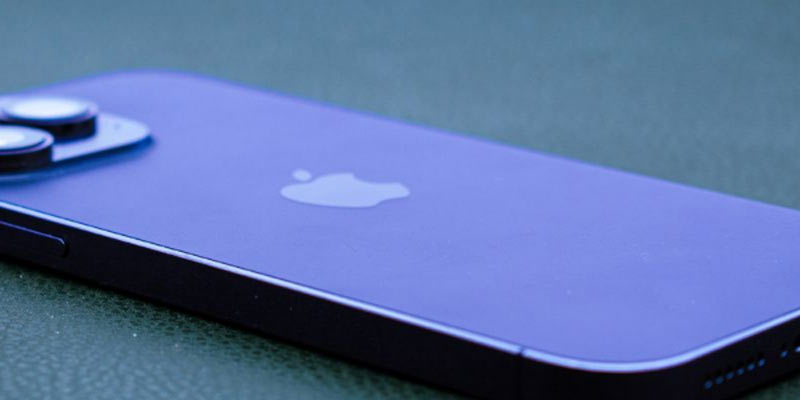
What Should I Do Before the Factory Reset? What to Pay Attention To?
Before performing the iPhone factory reset, here are some important steps to take:
Backup Your Data
As mentioned earlier, ensure all your data is backed up to iCloud or your computer using iTunes or Finder. This includes photos, contacts, messages, and app data. This is a crucial step in doing an iPhone factory reset and must not be overlooked if you wish to save any of your personal information.
Sign Out of iCloud
Sign your account out of iCloud by following these steps
- Go to “Settings”
- Enter [your name]
- “Sign Out” to dissociate your device from your Apple ID.
This is another crucial step to protect your privacy and prevent activation lock issues for the next user. Failing to do this might lead to the new users being stuck with your iCloud account.
Turn Off Find My Phone
Keeping the Find My Phone option on when performing an iPhone factory reset can cause activation lock issues for the new owner of your device. Disable the “Find My iPhone” feature by,
- Going to “Settings”
- Enter your name
- Tap on “Find My”
- Toggle off the “Find My iPhone” feature.
Remove the SIM Card
If you’re getting rid of your iPhone, whether you’re selling it or trading it in, it’s a good idea to remove the SIM card. This ensures that your mobile phone number and personal information aren’t accessible to the next user.
Deauthorize iTunes
If you’ve ever bought movies, music, or apps from iTunes on your iPhone, your device might be “authorized” to use those purchases. Before you part ways with your iPhone, it’s a good idea to “deauthorize” it from iTunes. It prevents the new owner from downloading or using your media content with your Apple ID.
Log Out of Accounts
Your iPhone is likely connected to various accounts like email, social media, and messaging apps. It’s important to log out of these accounts before resetting your iPhone. Doing so ensures that your personal accounts and data aren’t accessible to anyone else who might use the device after the reset.
Takeaway
An iPhone factory reset is a process that returns an iPhone 14 to its original factory settings, erasing all user data and settings. Using this method, you can overcome even the most troublesome software issues. It is also necessary under various other circumstances, such as preparing for sale, addressing software bugs, or regaining access to a locked device. While it won’t cause physical damage to the phone, it will permanently erase your data from your device. Thus, following precautions and backing up your iPhone before the factory reset is necessary.
Ultimately, an iPhone factory reset is a simple yet important process that should not be taken lightly.
